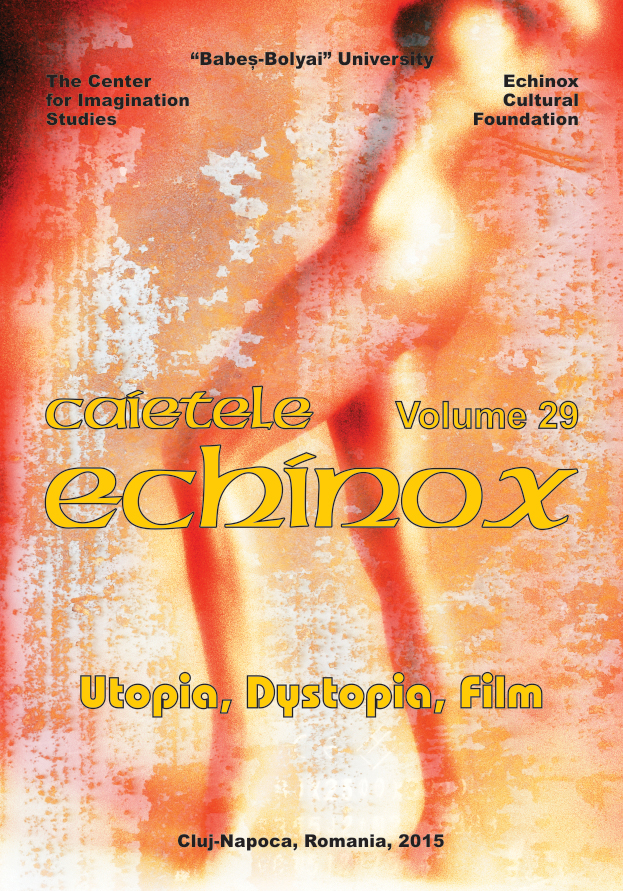From Fantasy Fiction to Film: The Chronicles of Narnia as Religious Spaces
From Fantasy Fiction to Film: The Chronicles of Narnia as Religious Spaces
Author(s): Marius ConkanSubject(s): Studies of Literature, Film / Cinema / Cinematography
Published by: Universitatea Babeş-Bolyai
Keywords: Fantasy Film; The Chronicles of Narnia; Ontological Rupture; Possible Worlds; Alternative Design of Reality; Religious Spaces; Eutopia; Dystopia.
Summary/Abstract: What is the nature of fantasy worlds created in literature and in cinema? If these worlds are not impossible in accordance to reality, what is their structure beyond the ontological rupture they generate? I will attempt an answer by discussing The Lion, the Witch and the Wardrobe (1950) and Prince Caspian (1951), the first two volumes from The Chronicles of Narnia series by C. S. Lewis and their cinematic adaptations, directed by Andrew Adamson and launched in 2005 and 2008, respectively. In my endeavor I will define the structure of the secondary worlds that showcase, on a first level, a mix of eutopian and dystopian spaces infused by a teratological imaginary, one of the main features of such spaces. How do fantasy worlds emerge, beyond their axiological features that confer them semantic value? In the attempt to establish a theoretical framework for the analysis of fantasy novels and films, my own definition of fantasy worlds can become useful in this particular context: fictional worlds in fantasy literature are artifacts created through aesthetic activities that merge cosmological narratives of religion with the alternative designs of reality/the universe (mostly speculated by science).
Journal: Caietele Echinox
- Issue Year: 2015
- Issue No: 29
- Page Range: 252-262
- Page Count: 11
- Language: English
- Content File-PDF

